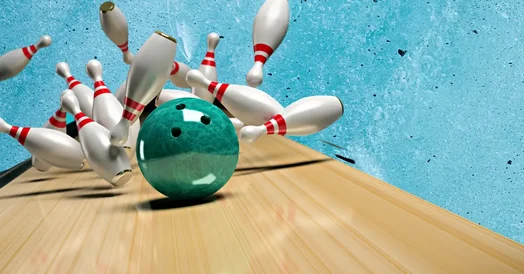Bowling has remained a beloved pastime for generations, offering a unique blend of skill, social interaction, and competitive spirit. As the sport evolves, so too does the technology behind it. One of the most notable innovations in recent years is the introduction of string bowling, a modern alternative to traditional free-fall pinsetting systems. As bowling centers across the world consider upgrades or replacements, understanding the differences between string bowling and traditional systems becomes essential.
While traditional setups have dominated for decades, many centers are turning to specialized string bowling manufacturer solutions for a more efficient and cost-effective pinsetting experience. These modern systems offer practical advantages without sacrificing the core elements of the game, making them an appealing option for both recreational venues and competitive leagues.
How the Systems Work
Traditional Bowling
In traditional bowling, pins are set on the lane using a free-fall system. After a ball is rolled, the pins are cleared by a mechanical sweep, and a pinsetter returns and resets them using intricate machinery. These systems rely on various motors, gears, conveyors, and elevators to manage both pins and balls. The process is entirely mechanical, and each pin falls freely when struck.
String Bowling
In contrast, string bowling uses a simpler mechanism. Each pin is attached to a string, which is connected to a frame above the lane. After the ball hits the pins, sensors detect which pins have been knocked down. The strings then lift the remaining pins, sweep away the fallen ones, and lower the pins back into place. This significantly reduces the complexity and number of moving parts involved.
Maintenance and Operational Costs
One of the most significant differences lies in maintenance requirements and operational costs. Traditional systems, while effective, demand frequent upkeep due to their complex mechanical components. Replacement parts, regular servicing, and energy consumption add to the long-term cost of operation.
String bowling systems, by contrast, have fewer moving parts and are easier to maintain. They are known for their energy efficiency, reduced downtime, and lower repair costs. These benefits make them particularly attractive to bowling center owners looking to streamline operations and cut expenses.
Gameplay Differences
Pin Action and Ball Response
Traditional bowling is renowned for its dynamic pin action—how the pins bounce and interact after impact. Since the pins are free-standing, the reaction to the ball is purely physical and unaffected by any attachments.
In string bowling, the strings slightly influence pin motion. Critics argue that this can affect pin carry and reduce the number of strikes in some situations. However, advancements in string technology have minimized these differences, and for the average recreational bowler, the impact is almost negligible.
Scoring Accuracy
Both systems offer reliable scoring when paired with modern tracking and sensor technologies. String systems are programmed to detect pinfall accurately, and many centers report minimal scoring discrepancies. Still, some competitive leagues remain hesitant to adopt string systems for high-level play, citing potential variations in pin behavior.
Space and Noise Considerations
Traditional pinsetters require a considerable amount of back-end space and produce noticeable mechanical noise during operation. This can limit their use in smaller venues or multi-purpose entertainment centers.
String bowling systems have a smaller footprint and operate much more quietly, making them ideal for compact or boutique bowling locations where space and ambiance are priorities.
Suitability for Different Audiences
Recreational Bowlers
For casual and family-oriented venues, string bowling offers a nearly identical user experience with fewer interruptions and smoother gameplay. The system’s simplicity leads to higher lane availability, allowing players to enjoy uninterrupted sessions.
Competitive Bowlers
Traditional systems are still preferred for professional and tournament play due to their historical consistency and unmatched pin action. That said, some federations and leagues are beginning to evaluate string systems for official use, especially as technology continues to bridge the gap in gameplay feel and fairness.
Cost of Installation
Initial installation of traditional systems is typically more expensive due to the complexity of the machinery and structural requirements. String systems offer a more budget-friendly option, both in terms of installation and ongoing operation. This makes them an excellent choice for new centers or those seeking to modernize without incurring steep costs.
Conclusion
Both string bowling and traditional bowling offer unique advantages, and the right choice depends on the needs of the bowling center and its audience. While traditional systems remain the gold standard for professional play, string systems are quickly gaining traction as a practical, cost-effective alternative for recreational venues.
By understanding these key differences, bowling operators and enthusiasts alike can make informed decisions about the future of their game. Whether you’re aiming for operational efficiency or preserving the traditional bowling experience, both systems serve important roles in keeping the sport thriving for generations to come.




